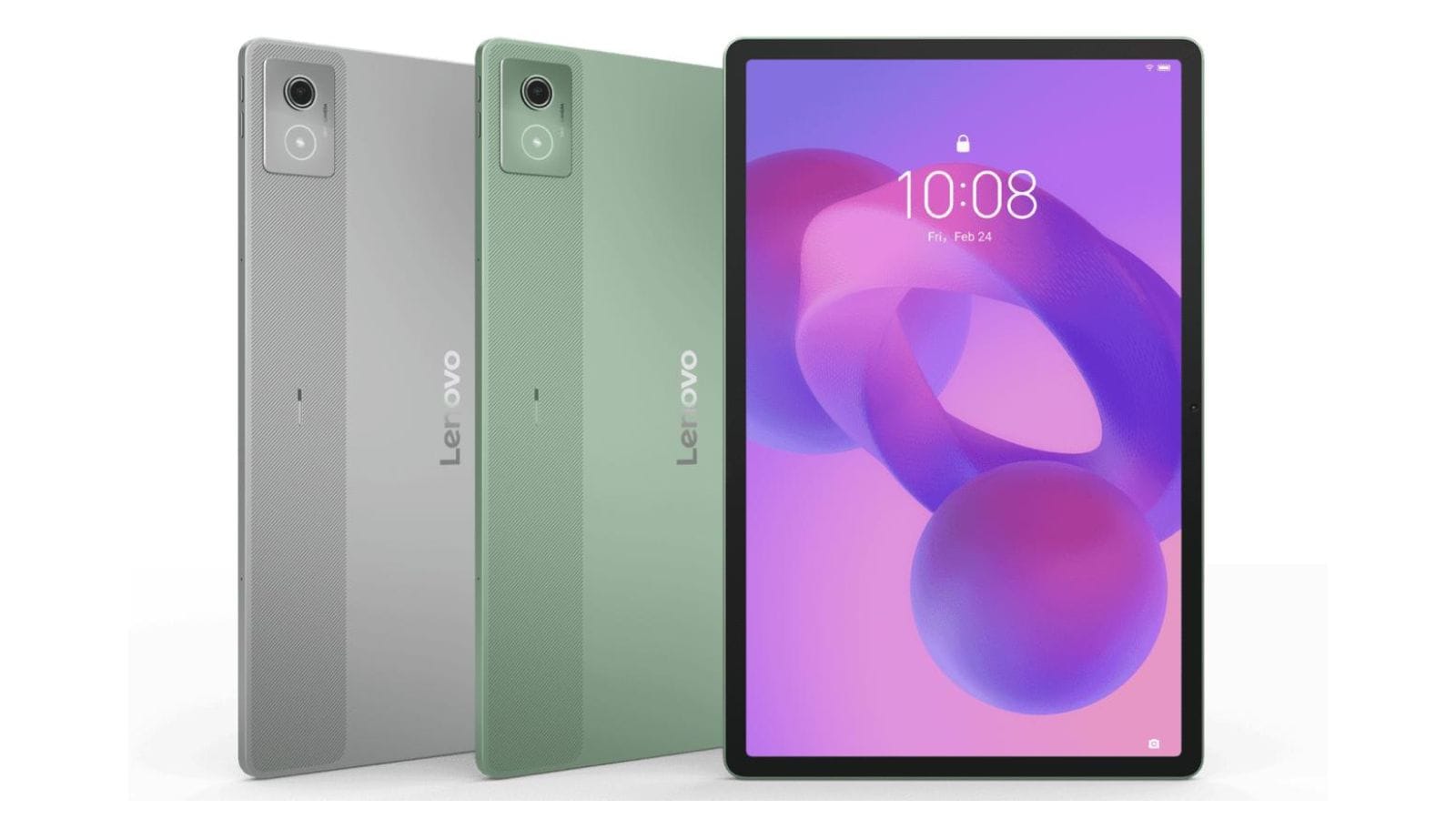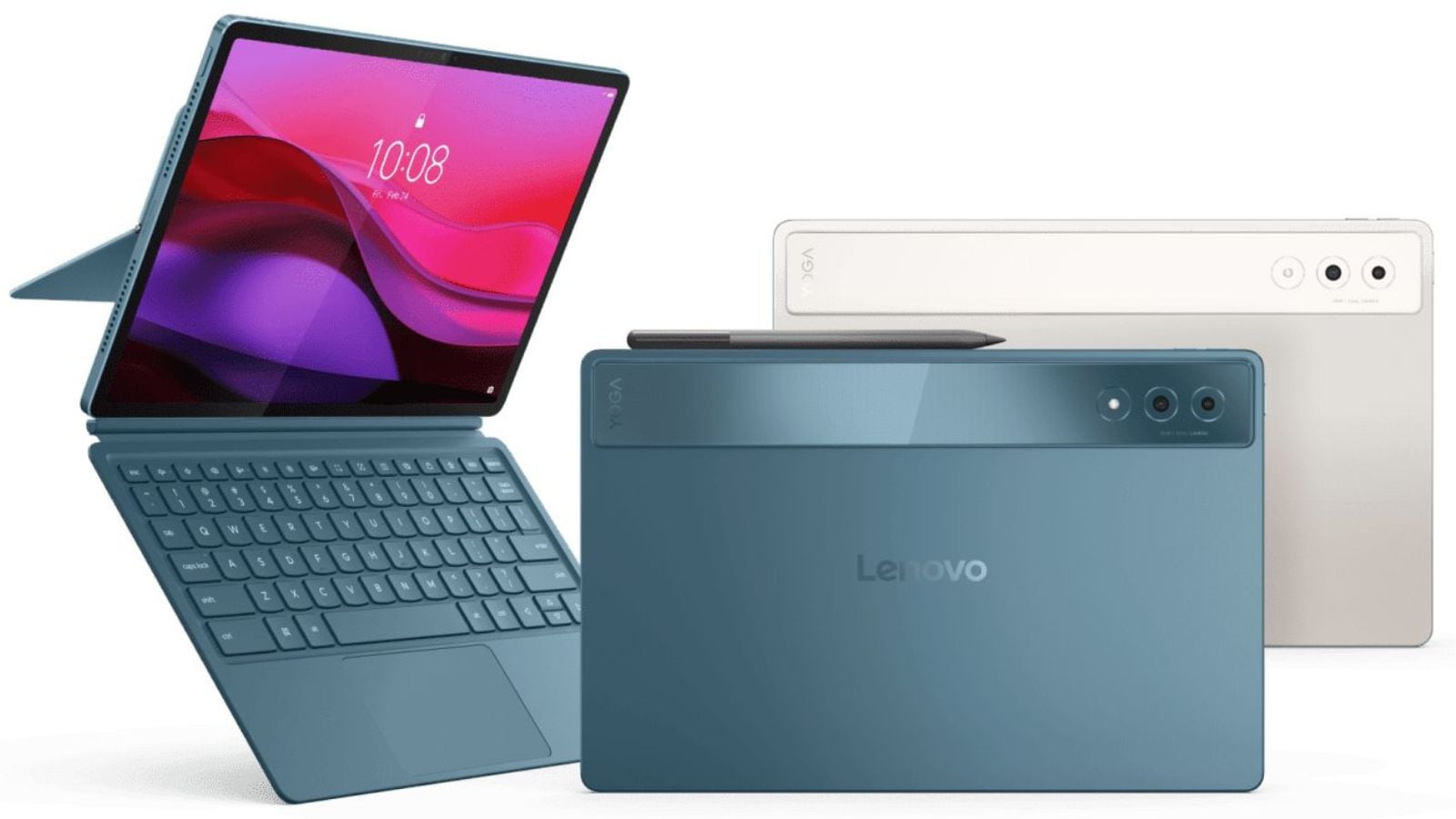“If you look at a tablet, the number one advantage is that it’s a touch device. Most PCs in that price range, obviously, are not touch-enabled. That being said, the number of ways you can interact with a tablet today has increased significantly,” explains Pankaj Harjai, Director, Tablets & Smart Devices, Lenovo India, as he highlights why consumer sentiment toward tablets has been shifting.
“If you look at a Lenovo device, all the tablets we have launched in the last one and a half to two years come with pen compatibility and most of them come bundled with a pen. The reason is that it adds a new dimension of interaction.”
In the early 2010s, tablets began making their way into the mainstream consumer market. However, they were primarily used as consumption devices: non-essential, but nice to have. They offered an affordable way to watch movies, browse the web, and access applications, as long as users didn’t mind their limitations. This trend continued for years until the COVID-19 pandemic hit. Suddenly, tablets were back in the conversation, with a surge in sales driven by the need to attend online classes from home.
 Pankaj Harjai, Director, Tablets & Smart Devices, Lenovo India. (Image: Lenovo)
Pankaj Harjai, Director, Tablets & Smart Devices, Lenovo India. (Image: Lenovo)
Post-COVID, however, tablets have evolved significantly. They are now powerful enough to handle video editing and graphically intensive tasks. They feature high-quality speakers, offer desktop-like multitasking, come with larger and more vibrant displays, and excel at drawing and note-taking. With long battery life and support for a variety of accessories, tablets are opening up new markets and reaching a broader base of consumers.
“The tablet is no longer just a device primarily used for education or attending classes, as it was earlier. Yes, entertainment has become a major use case, but so has productivity. It’s increasingly becoming a secondary productivity device for many users. People have started accepting tablets much more than before, even for their corporate work or daily tasks like browsing and emailing all backed by the powerful improvements in tablet technology,” Harjai told indianexpress.com in an interview.
Three years ago, Harjai recalls, Lenovo conducted a consumer survey across 15 markets to understand what kind of tablets consumers were looking for. Based on the insights, the company identified three major use cases: entertainment, productivity, and gaming. He says the tablets shipped starting in 2023 were heavily influenced by these findings.
“Entertainment was a key area, and of course, COVID also brought with it the OTT boom. People were at home, watching more OTT content, and consumption went up significantly. One of the insights we gained was that consumers wanted tablets with bigger screens and better displays. They also wanted better battery life because if you are watching two or three movies back-to-back, you don’t want to worry about charging. On top of that, they were looking for a better experience with the pen. So, entertainment clearly became a very important use case.
Story continues below this ad
The second big area was productivity. For professionals like you and me, carrying a laptop everywhere isn’t always practical. With remote work becoming the norm, people needed more flexibility. That’s where our newer form factors came in tablets that could also support productivity needs. And the third major use case that emerged was gaming,” he said.
Like smartphones and other consumer product categories, tablets are also experiencing a similar market trend: premiumisation. While tablets have yet to fully replace laptops, brands like Lenovo are introducing more premium options that incorporate laptop-like features. Take the Yoga Tab Plus, for example, a high-end tablet that is equal parts productivity and entertainment machine, and even comes with a keyboard and stylus bundled in the box.
“Three years ago, most of our tablets were in the Rs 10,000 to Rs 15,000 price band. Today, the Rs 20,000 to Rs 30,000 segment has almost doubled in just two years, mostly driven by the fact that people now want better devices and are willing to pay for them. If we offer a better device and a better experience, consumers are ready to spend more,” he said. In fact, more than 25 per cent of tablet sales now come from the premium segment, compared to entry-level models, with consumers aged 18 to 35 driving this demand.
“Do we consistently run EMI schemes throughout the year? Maybe not as extensively as in the mobile category. The refresh rate for tablets isn’t as fast. People tend to change their mobile phones every six months to a year, on average. But with tablets, we have seen that they are typically used for around two years. The affordability factor or frequent upgrading isn’t as critical. That said, we do offer EMI and affordability programs during festive seasons or major events, and they definitely help but not to the extent we see with smartphones,” Harjai responded when asked whether EMI schemes, like those offered for smartphones, are also helping drive premium tablet sales. Lenovo offers tablets in the range of Rs 10,000 to Rs 50,000.
Story continues below this ad
As was hoped by market pundits two to three years ago, 5G is still not a major factor driving tablet sales yet, admits Harjai. “What we have seen is that post-COVID, many people have strong Wi-Fi connectivity at home and at the office. As a result, the demand for Wi-Fi-only tablets has gone up significantly over the past two to three years. But I do think 5G will eventually change that,” he said.
 Lenovo Yoga Tab Pro. (Image: Lenovo)
Lenovo Yoga Tab Pro. (Image: Lenovo)
“We launched a 5G tablet two years ago, but now, the refreshed version coming this year is a major upgrade. We are planning to launch it across various price bands and configurations, because we’ve seen that acceptance of 5G is rising driven by people’s demand for seamless, always-on connectivity.”
But one area where tablets have changed the most, apart from getting bigger screens, stylus support throughout the interface, and improved usability through keyboard and mouse support, is the software itself.
Lenovo tablets now come with features like PC Mode, expanded multi-window support, and Smart Connect, which allows access to files across other Smart Connect-enabled devices. Productivity features have been improved on tablets, with a clear push toward offering near desktop-level usability. Harjai said the company works closely with Google on the development of tablet software to ensure a seamless user experience and optimised app performance on their devices.
Story continues below this ad
But Lenovo’s partnership with Google goes beyond consumer tablets. Google also collaborates with Lenovo in designing customised solutions for commercial users, tailored to meet specific business needs. Harjai notes that the commercial tablet segment is growing rapidly in India, with tablets becoming the preferred choice in sectors such as retail, hospitality, and government, thanks to their utility and flexibility.
In the first quarter of 2025, Lenovo held the third position in the Indian tablet market with a 19 per cent market share, according to Cybermedia research. Samsung led the segment with 34 per cent followed by Apple at 21 per cent.
Harjai said Lenovo has expanded its manufacturing capabilities in India, with two facilities currently operational in Noida where the company manufactures its tablets. At present, the focus is on fulfilling domestic demand, which accounts for a significant portion of the tablets consumed in India.

